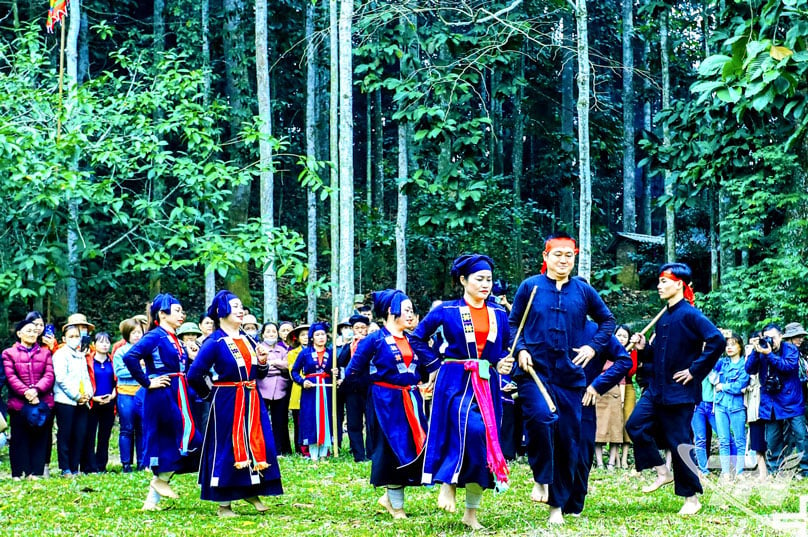 |
| Tac Xinh is a traditional dance of the San Chay ethnic group. In the photo: People of Dong Tam hamlet, Vo Tranh commune perform Tac Xinh dance during the harvest festival. Photo TL |
Colorful "cultural flower garden"
Thai Nguyen province currently has nearly 1.8 million people, with many ethnic groups living together in 92 communes and wards. Despite many difficulties in life, ethnic people still persistently preserve, maintain and pass on the unique customs and cultural practices of their communities.
That has created diversity and richness in the system of cultural values, contributing to affirming the unique identity of Thai Nguyen. This place can be imagined as a colorful "cultural flower garden", ranging from brocade weaving, customs, folk songs, to traditional festivals bearing the mark of ethnic minorities.
Located at the gateway of economic , cultural and social exchange with the capital Hanoi and the delta provinces, and at the same time being the core of the center of Viet Bac, Thai Nguyen has long been a gathering place and a stopover for many ethnic groups on their journey to find a peaceful life. The Kinh people from the lowlands, together with the Tay, Nung, Dao, Mong, San Diu, San Chay, Hoa and many other communities from distant mountain ranges, came here to settle down and establish villages, creating the appearance of the streets and villages of Thai Nguyen today.
Over time, the coexistence of many ethnic groups in the same land and residential area has created cultural and customary exchanges.
The intertwined living process forced residents to form a common language to facilitate economic and cultural exchanges... That bond was also strengthened through intermarriage between communities, creating generations of children with two or more bloodlines, reflecting the blending and development of Thai Nguyen's multi-colored culture.
Along with scientific and technological advances, the industrialization and modernization of agriculture and rural areas, the development of market mechanisms and digital technology, social life requires ethnic minorities to proactively adapt and innovate to integrate into the modern living environment.
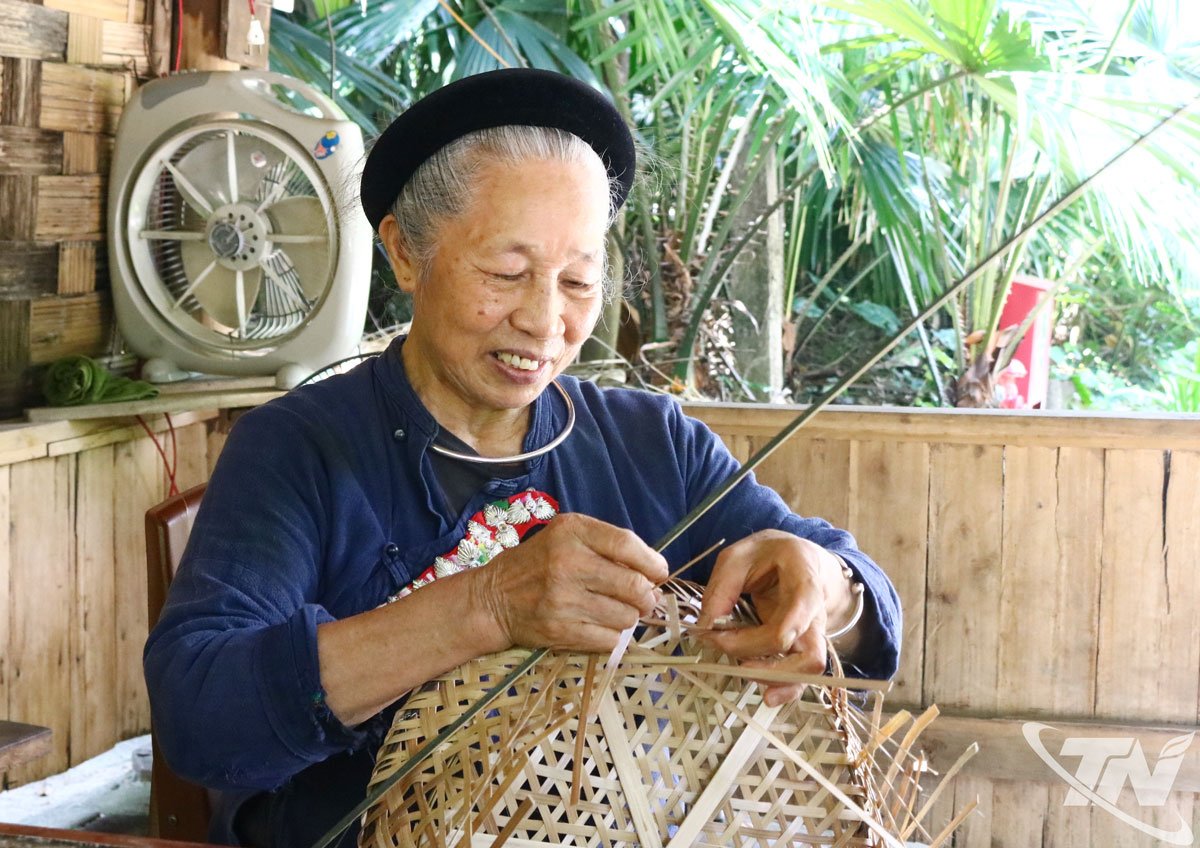 |
| Traditional weaving of ethnic minorities in mountainous areas is restored and promoted. |
However, the reality is that many ethnic minorities today no longer know how to use their own language, and even no longer wear their traditional costumes. Some ethnic groups have their own writing, but very few people know how to read and write.
Folk songs and folk dances are less interested in young people when their tastes shift to modern music. Traditional crafts such as bamboo and rattan weaving, weaving, embroidery, etc. are gradually becoming a form of "performance" rather than daily activities. Notably, a number of officials and people are not fully aware of the role and value of culture and art in the spiritual life of the community.
Many spiritual rituals that are unique to the ethnic groups are viewed one-sidedly and stereotyped as superstitious. There are even cases where some ethnic minority children feel self-conscious when going to school, not daring to use their mother tongue or wear traditional costumes.
Restoring the beauty of cultural quintessence
To preserve, conserve and promote the traditional cultural values of ethnic minorities, Thai Nguyen province has been implementing many practical activities. Relevant levels and sectors have proactively collected and restored typical cultural beauties, associated with the implementation of Resolution 5 of the Central Committee (VIII term) on "Building and developing an advanced Vietnamese culture with strong national identity"; Project "Preserving and developing the culture of ethnic minorities in Vietnam" of the Prime Minister; Resolution 7 of the Central Committee (IX term) on "Ethnic work".
Thanks to that, the community has formed a more positive awareness, knowing how to appreciate and promote the values of customs, practices and unique identities of each ethnic group.
In recent years, the provincial agencies and functional units have had many scientific projects in preserving, maintaining and promoting the cultural values of ethnic minorities. A series of activities to collect, research and preserve the culture of ethnic minorities have been effectively implemented.
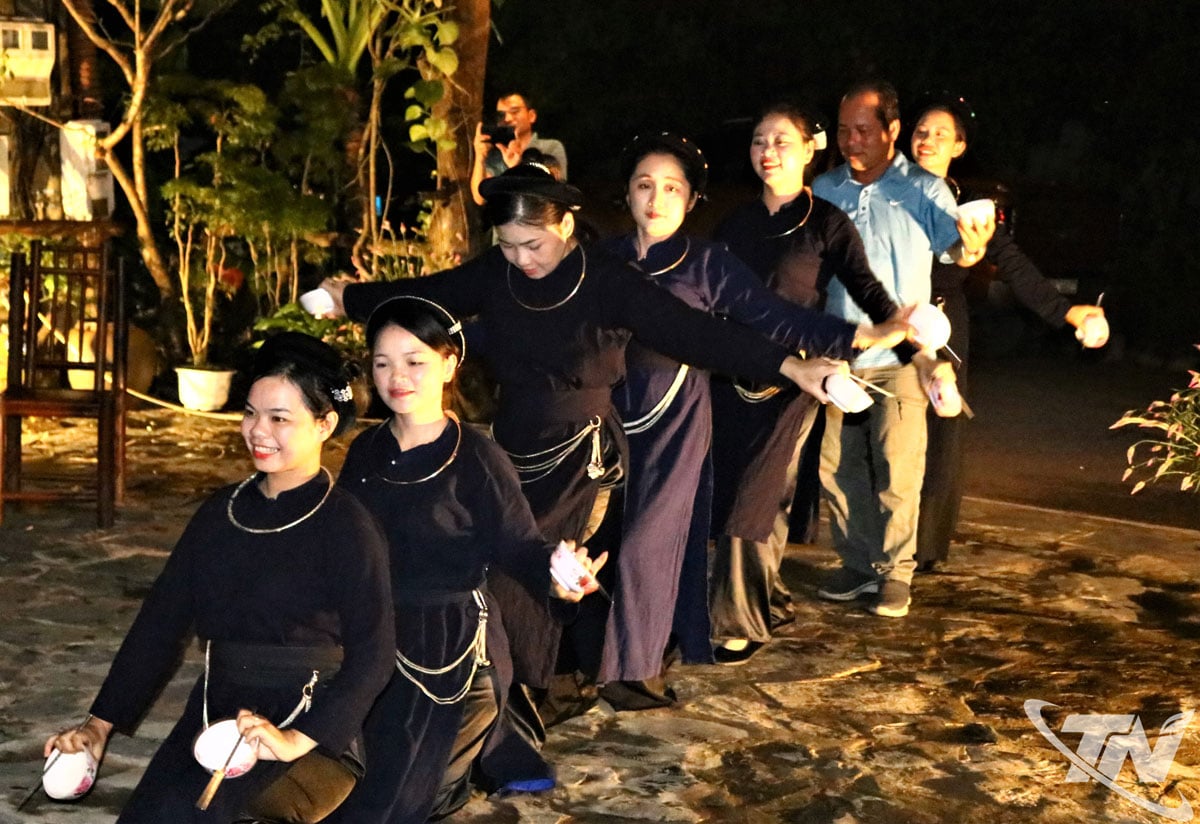 |
| "Bat dance" - a cultural beauty of the Tay ethnic group is preserved and promoted. |
Outstanding in the work of cultural preservation is the implementation of many projects on folk songs, folk dances, and folk music in the province through the establishment of cultural and artistic clubs. Typical examples include: Project to restore the wedding of the Tay people in Lam Vy commune; Harvest praying ceremony of the San Diu ethnic group in Vo Tranh commune; Cap sac ceremony of the Nung Phan Sinh people in Nam Hoa commune; Project to preserve and promote Then heritage, Luon Coi singing, Luon Sluong singing among the Tay ethnic group.
Along with that, many unique traditional festivals have also been restored to meet the spiritual and cultural needs of the people such as: "Love Market" in Xuan Duong commune; Long Tong Festival in Na Lien Ma, Phu Thong commune; Mu La Festival in Lung Phac village, Cao Minh commune...
Thanks to the attention of the Party and State, along with the direct participation of the Department of Culture, Sports and Tourism and the efforts of the people themselves, many intangible cultural values that were once at risk of being lost have been restored, preserving their original identity.
The unique cultural beauty of each ethnic group is respected and honored, while backward customs are gradually eliminated, creating conditions for the elite values to be spread, meeting the increasing cultural enjoyment needs of ethnic minorities. Thereby, contributing to narrowing the gap in living standards and cultural life between regions and ethnic groups in the province.
The whole Thai Nguyen province currently has nearly 600 intangible cultural heritages that are being preserved, passed down and promoted by the people. Among them, there is 1 heritage recognized by UNESCO as a representative intangible cultural heritage of humanity and 45 heritages recognized at the national level. Notably, the province has 3 People's Artisans and 19 Meritorious Artisans in the field of cultural heritage. They are "living treasures", not only preserving the literary and artistic treasures of their nation but also wholeheartedly teaching them for future generations to continue and promote. |
Source: https://baothainguyen.vn/van-hoa/202510/giu-hon-van-hoa-dan-toc-5093715/



![[Photo] General Secretary To Lam receives President of the Senate of the Czech Republic Milos Vystrcil](/_next/image?url=https%3A%2F%2Fvphoto.vietnam.vn%2Fthumb%2F1200x675%2Fvietnam%2Fresource%2FIMAGE%2F2025%2F11%2F21%2F1763723946294_ndo_br_1-8401-jpg.webp&w=3840&q=75)
![[Photo] President Luong Cuong receives Speaker of the Korean National Assembly Woo Won Shik](/_next/image?url=https%3A%2F%2Fvphoto.vietnam.vn%2Fthumb%2F1200x675%2Fvietnam%2Fresource%2FIMAGE%2F2025%2F11%2F21%2F1763720046458_ndo_br_1-jpg.webp&w=3840&q=75)
![[Photo] National Assembly Chairman Tran Thanh Man holds talks with President of the Senate of the Czech Republic Milos Vystrcil](/_next/image?url=https%3A%2F%2Fvphoto.vietnam.vn%2Fthumb%2F1200x675%2Fvietnam%2Fresource%2FIMAGE%2F2025%2F11%2F21%2F1763715853195_ndo_br_bnd-6440-jpg.webp&w=3840&q=75)
![[Photo] Visit Hung Yen to admire the "wooden masterpiece" pagoda in the heart of the Northern Delta](/_next/image?url=https%3A%2F%2Fvphoto.vietnam.vn%2Fthumb%2F1200x675%2Fvietnam%2Fresource%2FIMAGE%2F2025%2F11%2F21%2F1763716446000_a1-bnd-8471-1769-jpg.webp&w=3840&q=75)

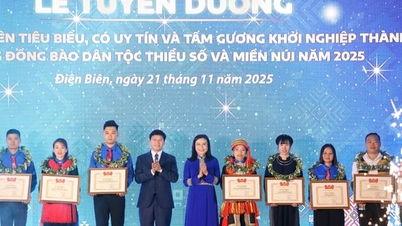



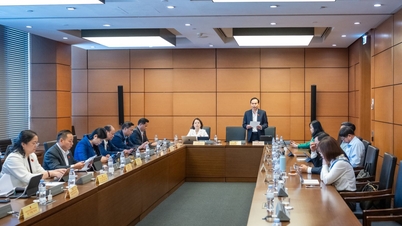
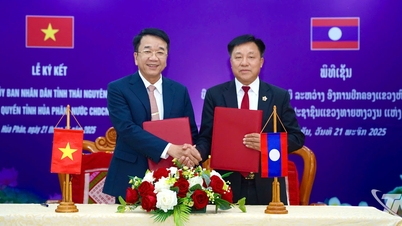
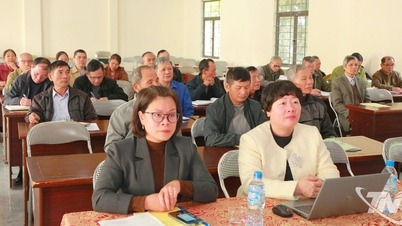


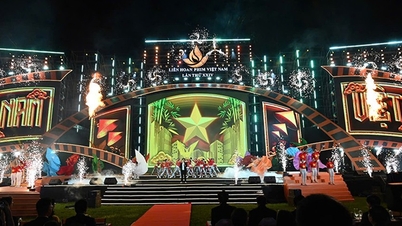





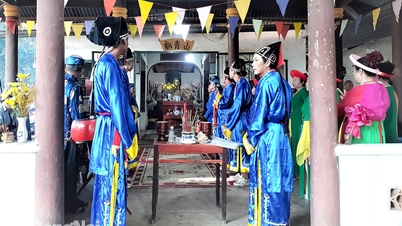
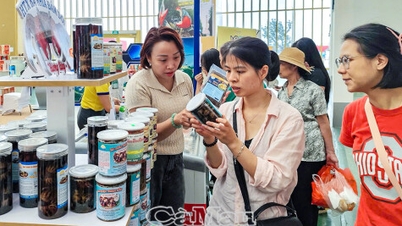

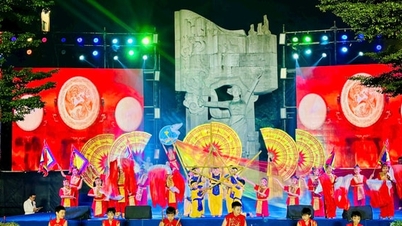
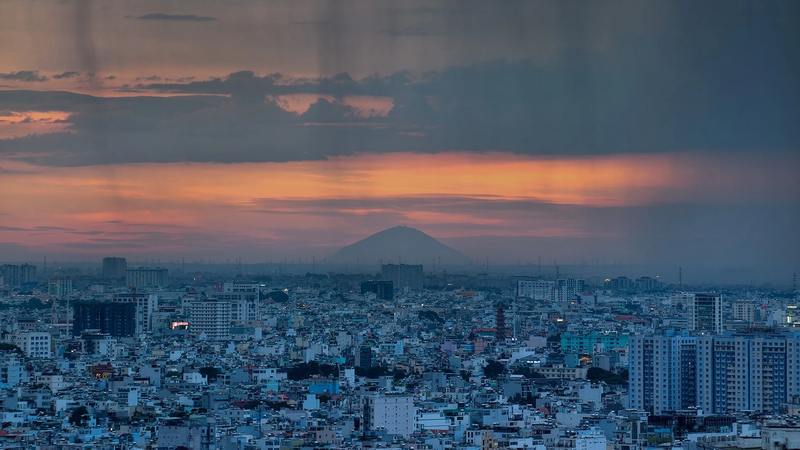
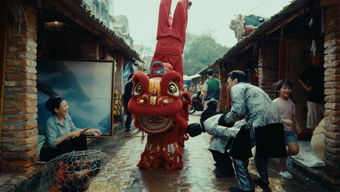


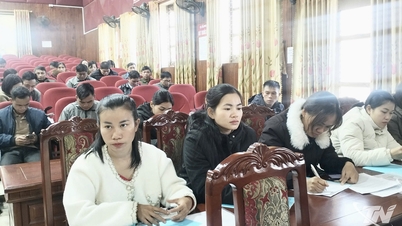
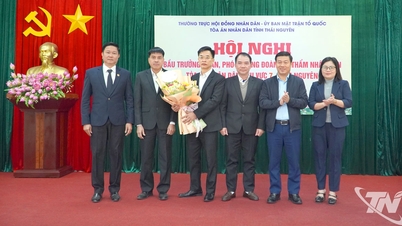
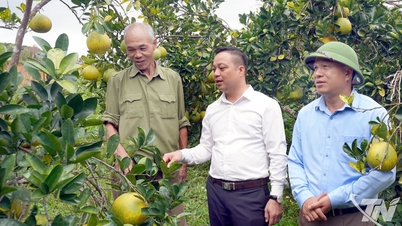
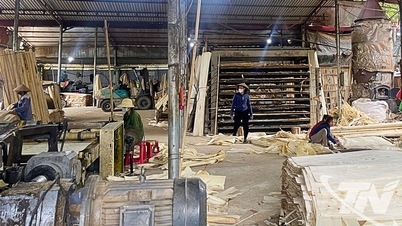

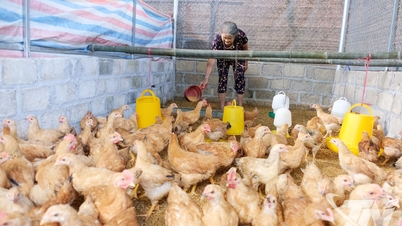



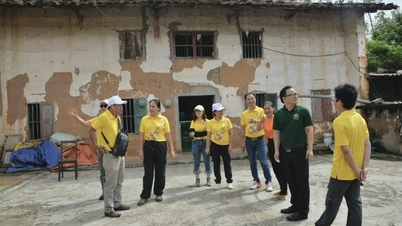

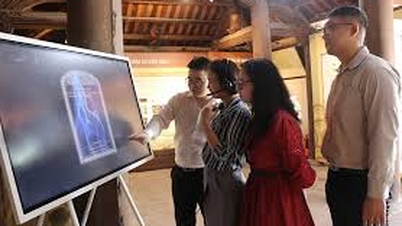

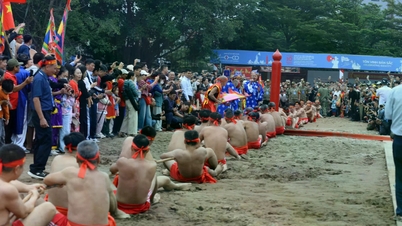

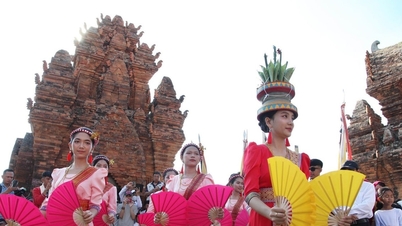

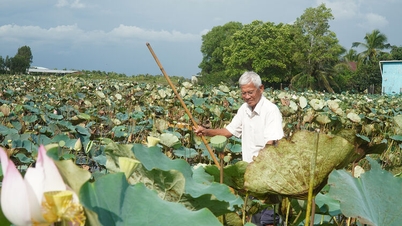

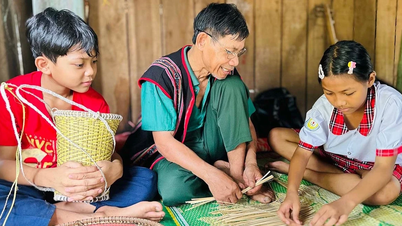

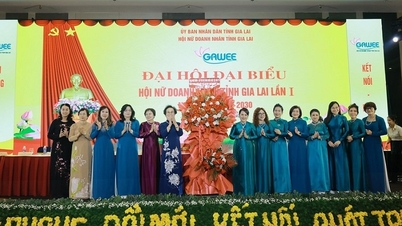

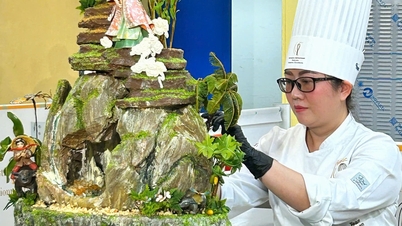


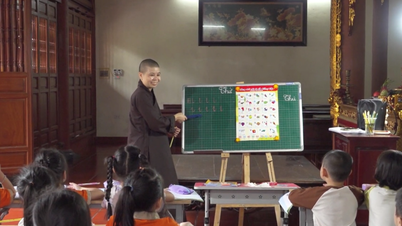



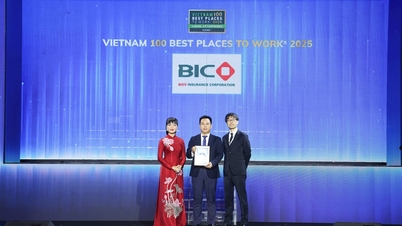
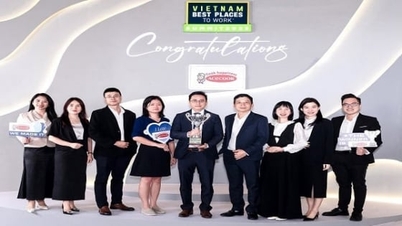





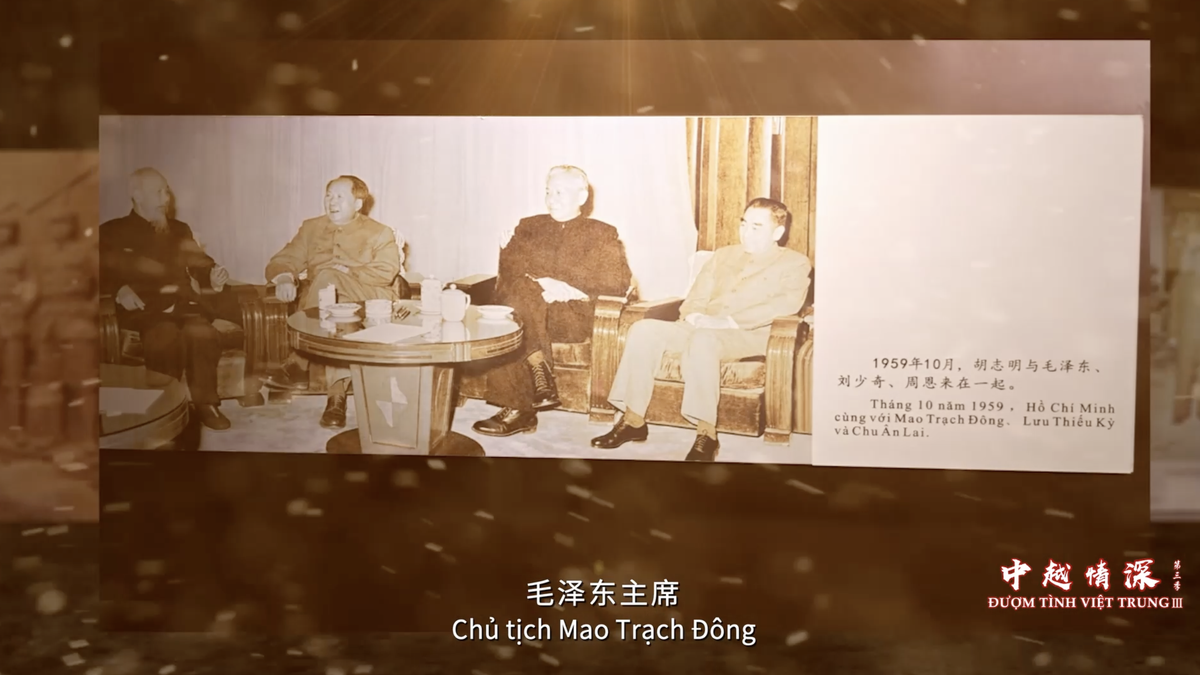
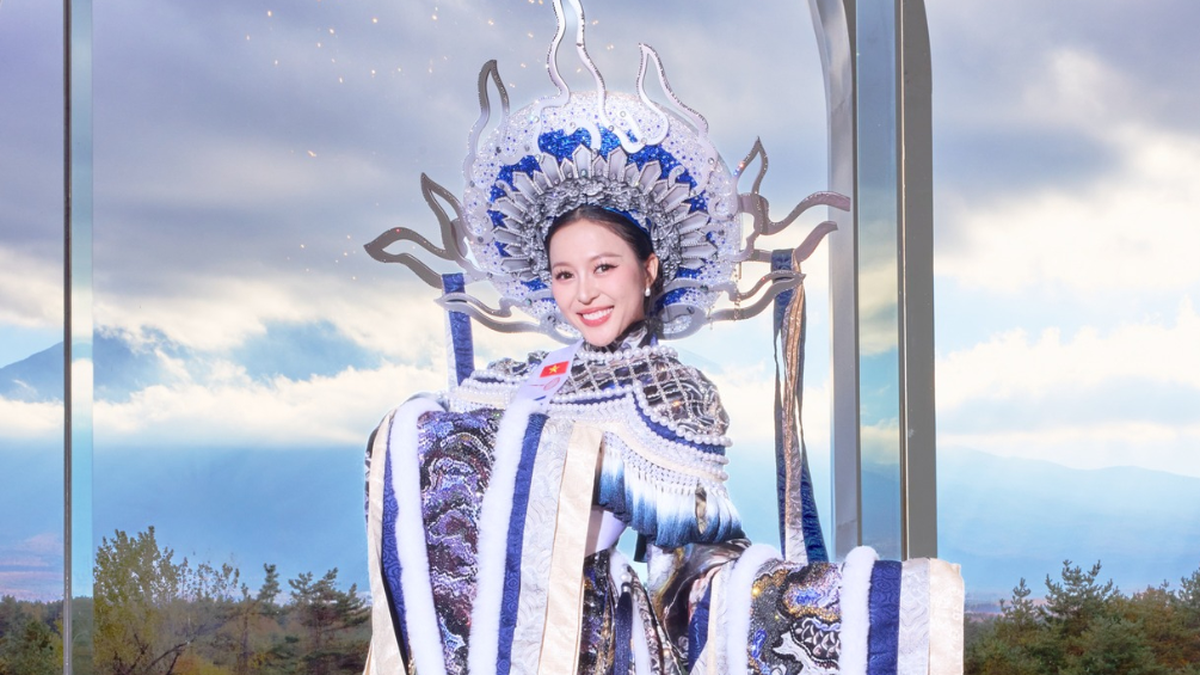
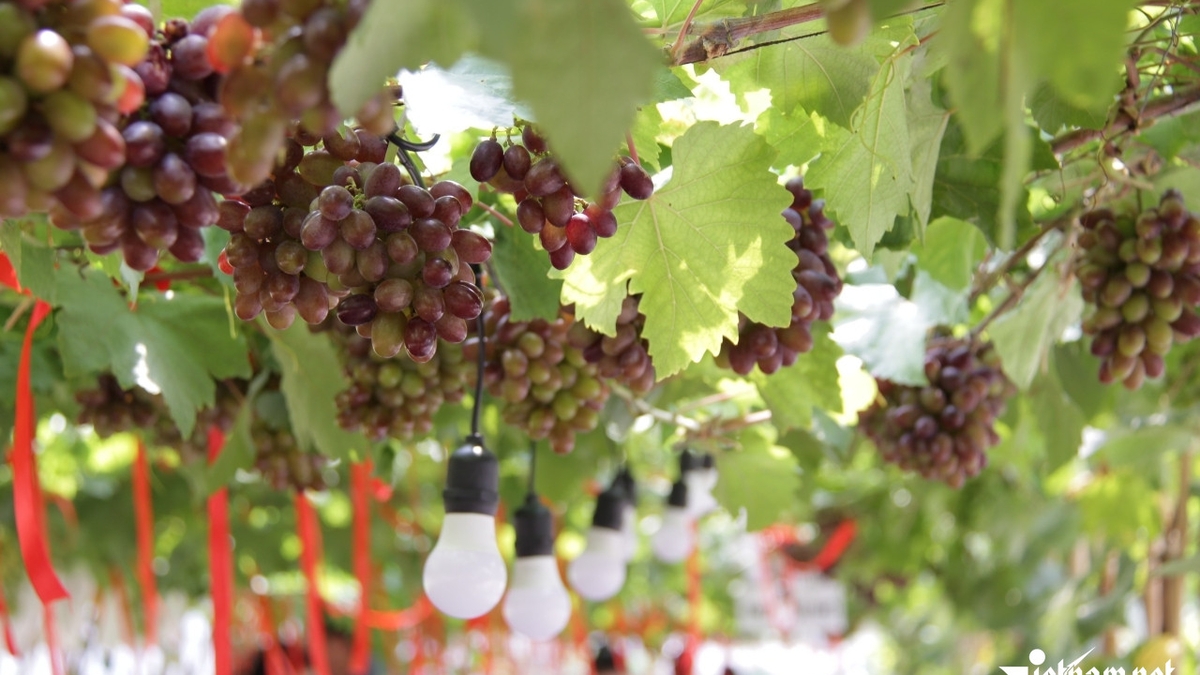
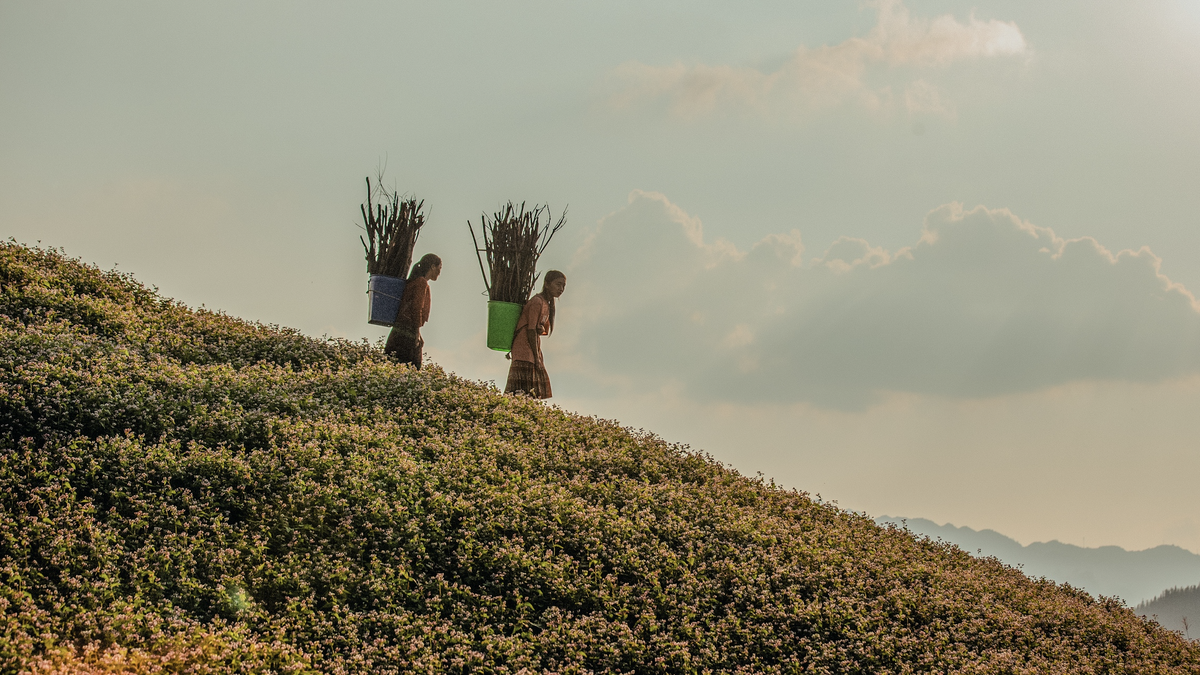




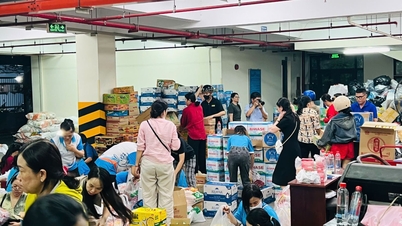


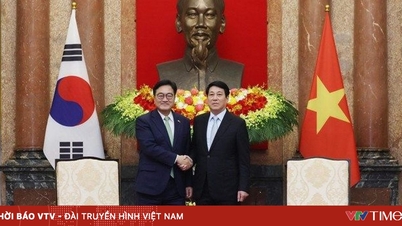
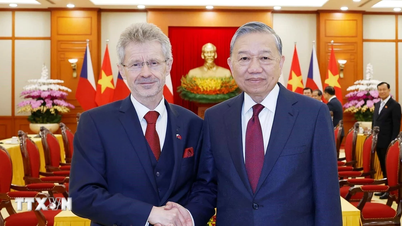

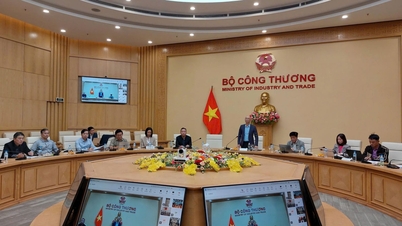

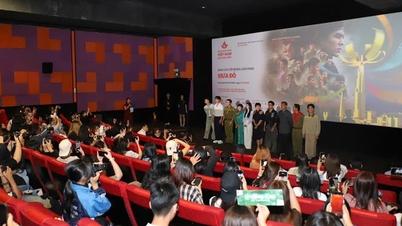



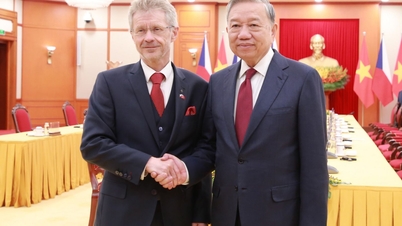
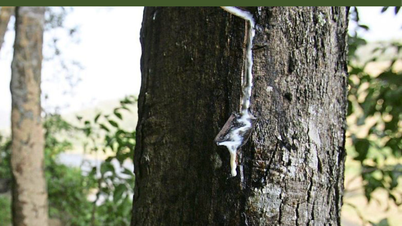
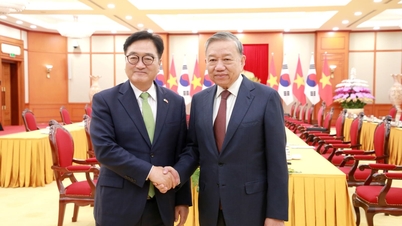
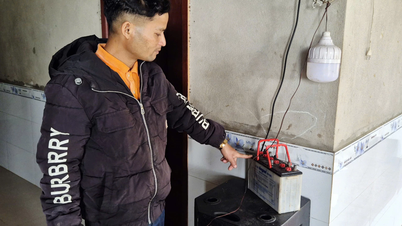

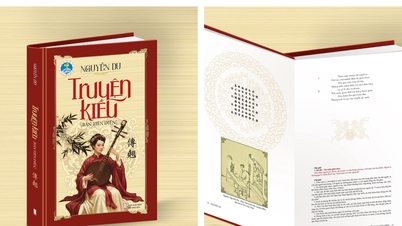

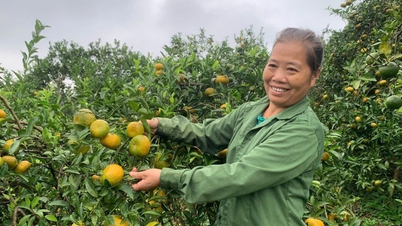


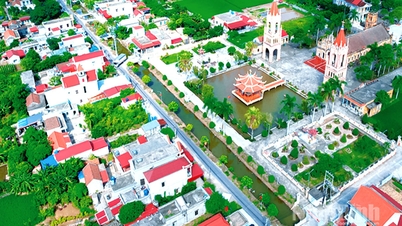

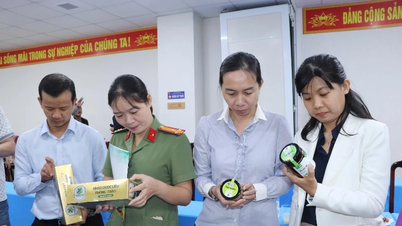

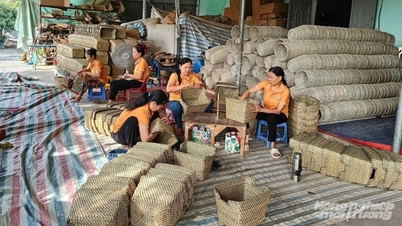

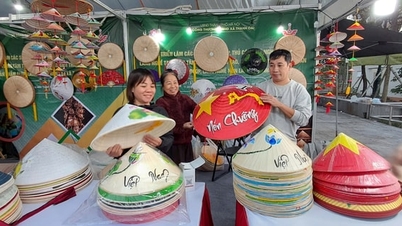
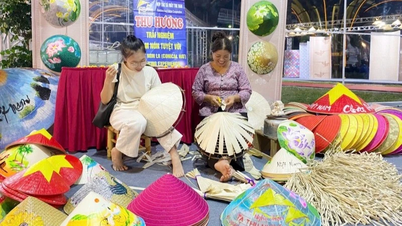





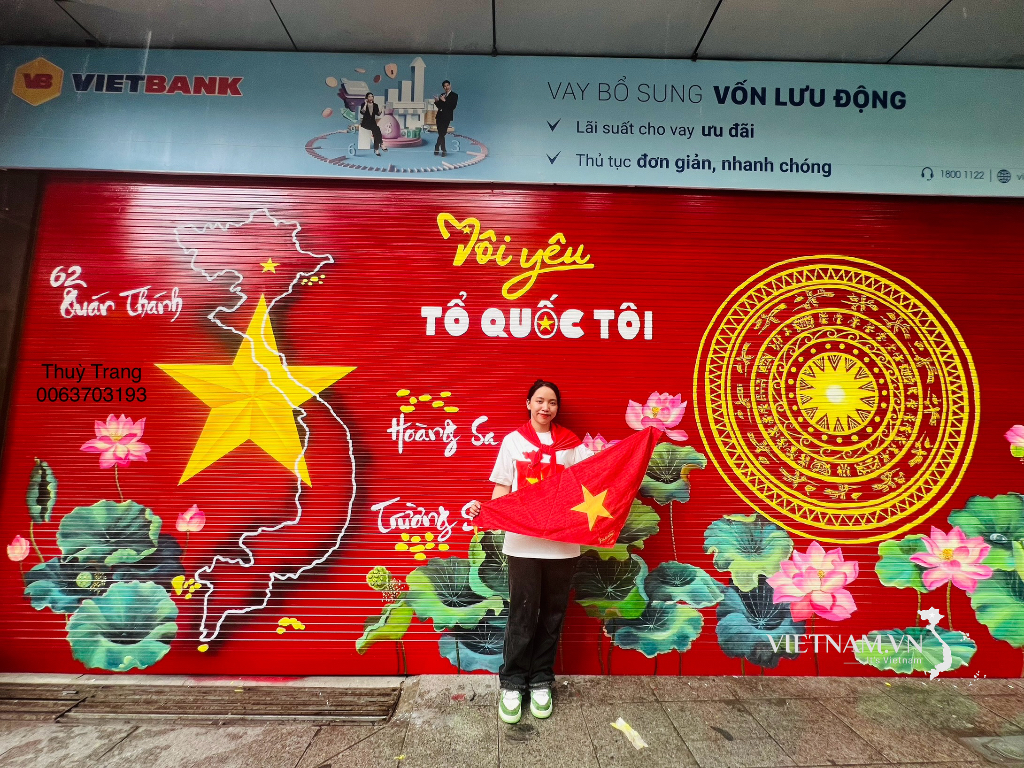
Comment (0)